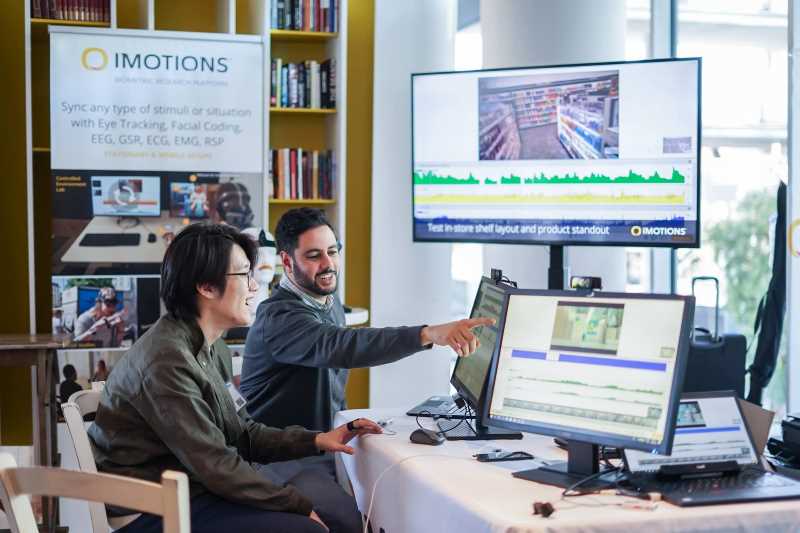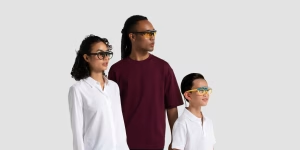D/deaf activists have consistently lamented their exclusion from the decision-making process by service providers. Accessibility is only effective when designed with contributions from those affected by the perceived or known barrier. This paper redresses the historic absence of the D/deaf paradigm, and recenters the focus to the individual’s perspective of accessibility requirements by developing a conceptual framework, constructed through the review of empirical and theoretical literature. The conceptual dimensions presented are from the D/deaf person’s perspective as valued through shared power and ownership. The aim of this conceptual paper is to explore how D/deaf-centric research can be applied and qualitatively measured through the combination of self-report, observation and Mobile eye tracking (MET).







